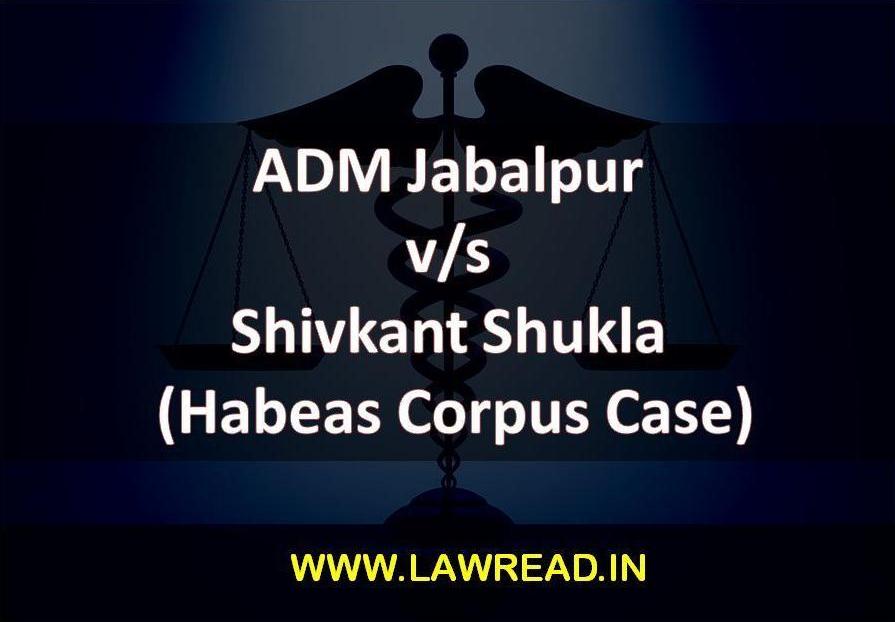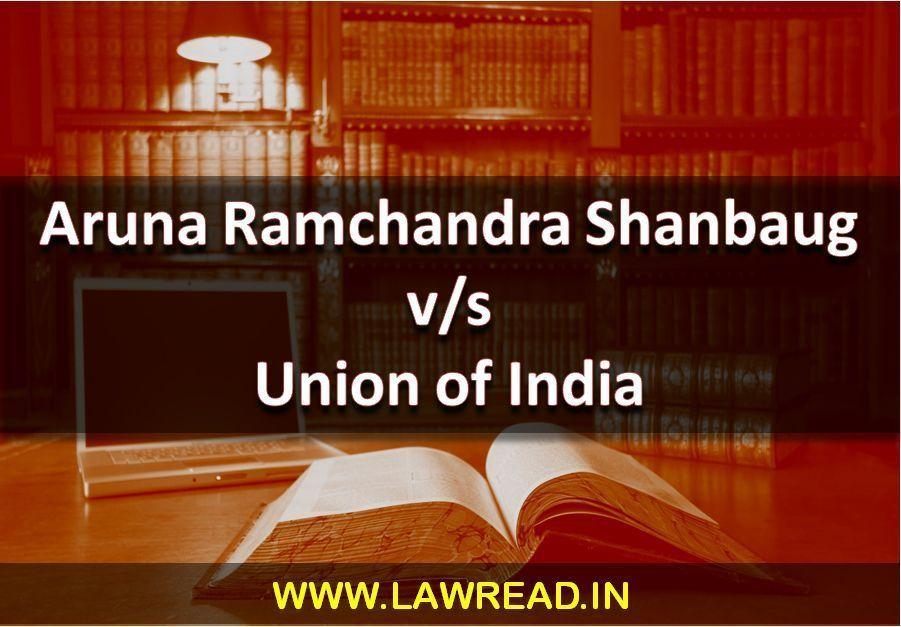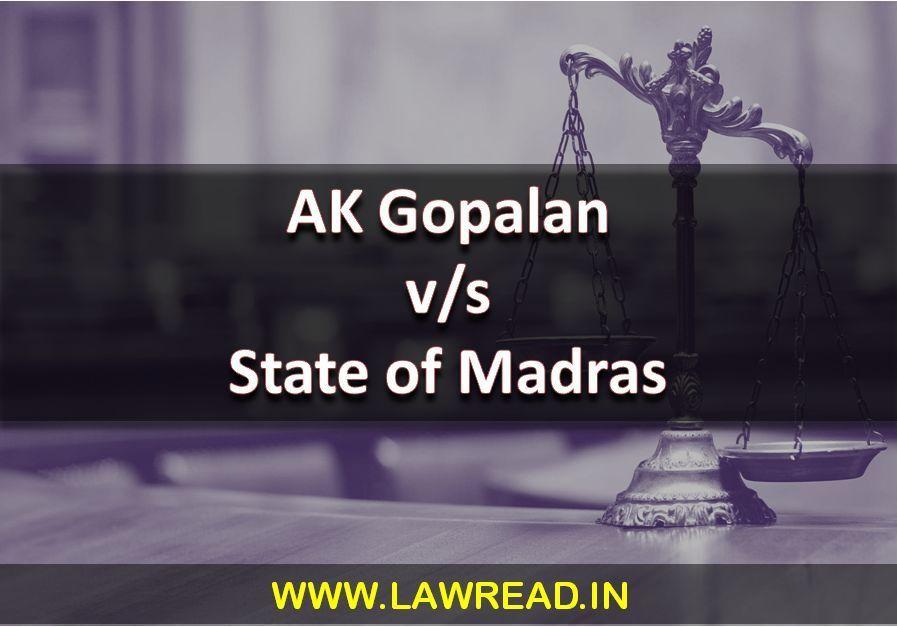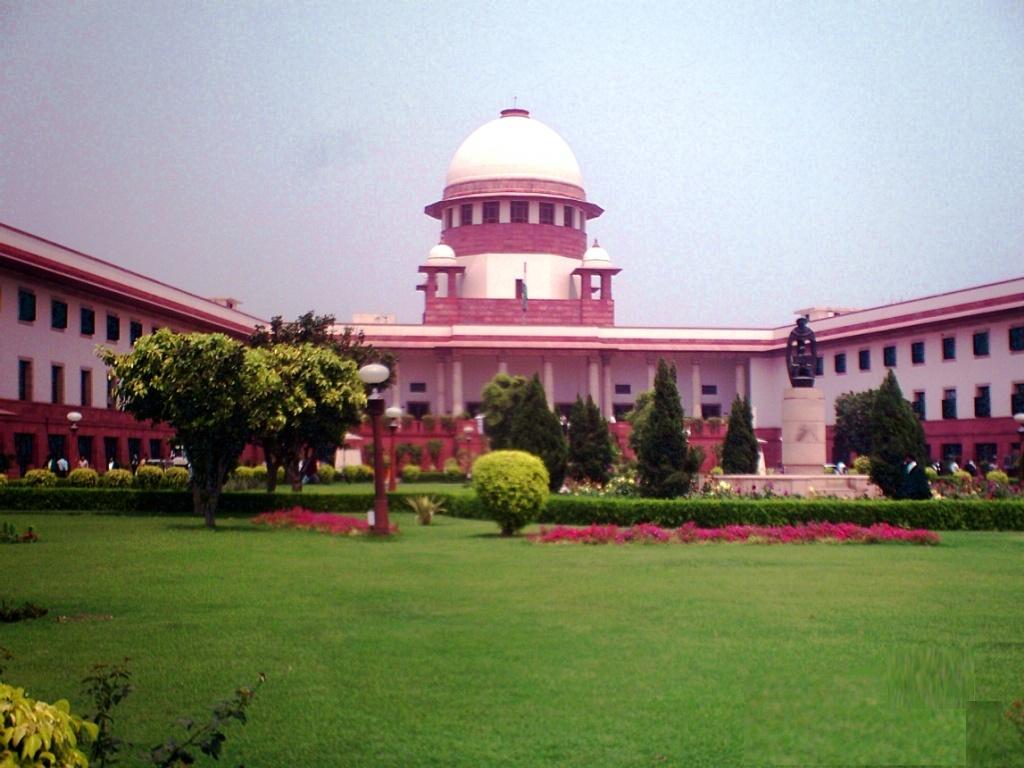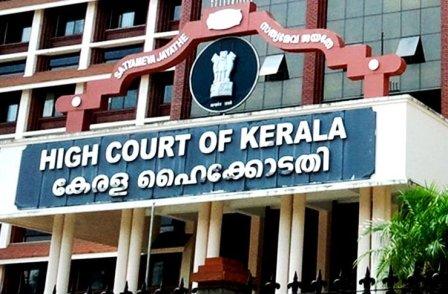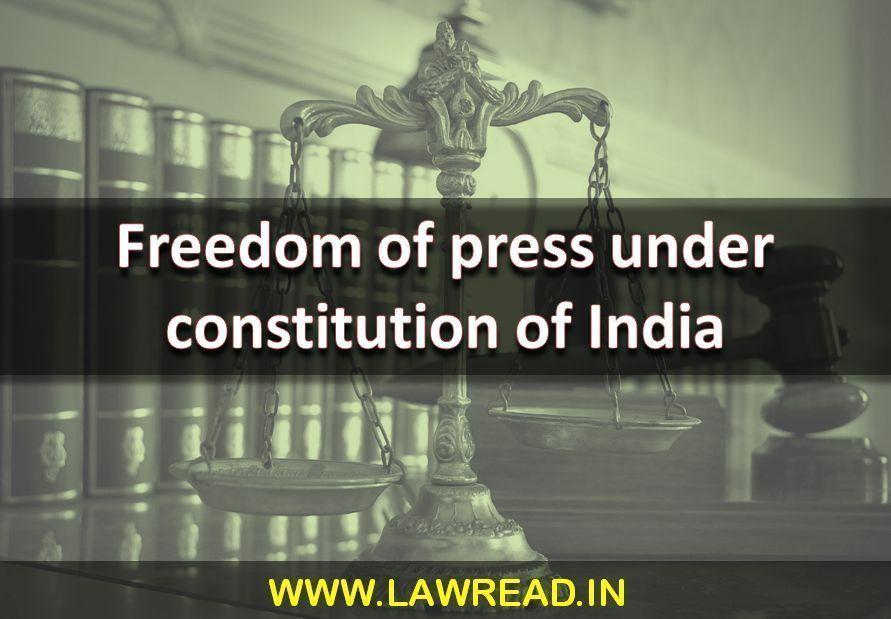The Berubari Union, AIR 1960 SC 845

Title:- The Berubari Union, AIR 1960 SC 845
Citation:- AIR 1960 SC 845, 1960 3 SCR 250
Court:- The Supreme Court of India
INTRODUCTION:-
This case was the Presidential Reference under Article 143(1) of the Indian Constitution. The unanimous opinion on the judgement on the implementation of the Indo-Pak Agreement concerning the Berubari Union was delivered by Justice Gajendragadkar. The bench consisted eight judges, headed by B.P. Sinha. Nehru-Noon Agreement 1958, settled this conflict. According to which, half of the Berubari Union No. 12 was given to Pakistan and the other half was retained by India.
Furthermore, there was an issue regarding the power of the Parliament that is whether it has powers to move the territory of Berubari to Pakistan or not.
The analysis and observations done in this Berubari Union case was also observed in the Keshavananda Bharti case.
FACTS OF THE CASE:
On 20 February 1947, the British Government declared a policy including to shift the power to Indian hands in British India by June 1948. The government issued a resolution on account of the process about the transfer of power on June 3, 1947. The British Parliament passed the 1947 Indian Independence Act on July 18, 1947 and on 15 August 1947, it came into effect.
The partition of the States of Punjab and Bengal were concerned in the Re Berubari Union case. For the division of the State of Bihar, a commission was formulated. Sir Cyril Redcliffe was the appointed as the head of that Commision. Redcliffe line is a boundary line fixed between India and Pakistan. After this division, some disputes and quarrels arose between India and Pakistan about the exact location of the apportionment. Sir Cyril Redcliffe by giving some thanas to India and some to Pakistan, divided the district of Jalpaiguri. By mistake, he omitted one thana namely Berubari Union No. 12 in the due process of division. Later on, on 12 August 1947, that thana was given to India. Pakistan got the right to claim the territory as its own because of the omission and wrong depiction on map.
While all these operations were going on, Indian Constitution came into action on 26 January 1950. The Article 1 of Indian Constitution provided that India shall be a Union of States and shall be mentioned in Part A, B and C of the First Schedule of the Constitution. Part A included both West Bengal and Berubari Union No. 12. The areas offered under the Berubari Union remained within the territory of India till West Bengal was a part of India. The consequences was the Act 1960 of the Constitution (9th Amendment).
The objectives of the 9th Amendment are listed below:
1. Agreements between the Governments of India and Pakistan of 10 September 1958, 23 October 1959 and 11 January 1960
2. Resolve boundary disputes between the Governments of India and Pakistan concerning the boundaries of the States of Assam, Punjab and West Bengal and the territories of the Union.
In 1958, the dispute was solved with the help on an agreement in which half of the Berubari Union was given to Pakistan while the other half of that was retained by India.
ISSUES:- 1. Whether is there a need for legislative action to carry out an agreement relating to the Berubari union or not?
2. Whether the case where there is such a need for action, does a law of parliament concerning Article 3 of the Constitution of India, 1950 sufficient, or is an amendment of the constitution following article 368 of constitution necessary, besides, or in the alternative?
3. Whether Article 3 of the Constitution of India parliament empowered to implement the agreement relating to Berubari’s Union or is there a need for amendment under Article 368 of the Constitution for such action?
4. Is Preamble a part of Constitution?
JUDGEMENT:
The Parliament was held unfit by the Supreme Court to carry out the motive of the Agreement by a law pertinent to the Article 3 of the Constitution because article 3 does not refer to the territories of the Union. So Parliament would not be fit to make a decision regarding the territory of the Union concerning Article 3. Futher, it held that the Preamble is not a part of the Constitution. Parliament has a right to do amendments in the constitution as per Article 368 and Article 1. Accordingly, the right to surrender national territory for the welfare of the foreign state will be incorporated. The part which shall be cede for the benefit of the foreign state will be moved as per the Article 368 instead of the Article 3 of the Constitution. It asserted that the right to obtain as well as the right to cede a part of the national territory both are the vital attributes of sovereignty.
It was contended by the court that India was not granted any sort of authority for the possession of territories. India was only granted the right for incorporation and accomodation if foreign territories.
In addition to this, the court held that Parliament was only provided the power to reduce and not to cede the territory of the state under Article 3(c) of the Constitution. Article 368 states that an amendment can be initiated only by the introduction of the Bill in either of the houses and if the Special Majority it is to be passed to the President for his assent. So the court deduced that it is mandatory to impose the agreement laws concerning Article 368.
The court said that Preamble acts as a guide to the makers' mind and mentions that India is a sovereign country. In addition to this, the court further professed that despite Preamble have all these special characteristics, it neither can be used for determining the vague parts of the Constitution nor can it hinder the legislation from performing its tasks. The Preamble does not suggest the assumptions that the first part of the Preamble postulates a hindrance to the features of sovereignty.

